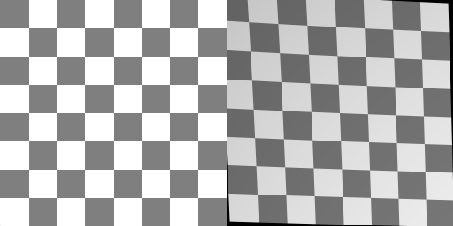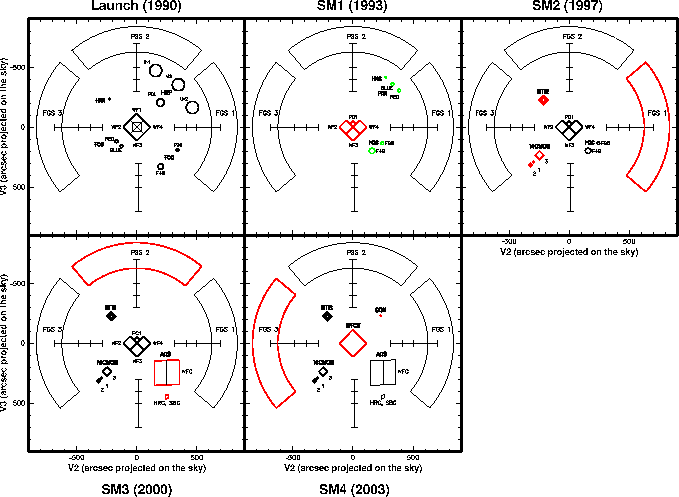The Hubble telescope has sudden modifications during the year
2002, the principal one was the installation of a new camera: ACS .
This camera has an effectiveness of detection quite higher than that of
the WFPC2 (in band I, used mainly for our measurements, this
effectiveness is nearly 5 times better); it has two CCDs of very fine
pixelisation (the same one as for Planetary Camera of WFPC2) for sizes
of ![]() pixels, either a total field of sight of more than 3 minutes of square
arcs, or a field of sight 4 times larger than the WFPC2, and 25 times
larger than Planetary Camera.
pixels, either a total field of sight of more than 3 minutes of square
arcs, or a field of sight 4 times larger than the WFPC2, and 25 times
larger than Planetary Camera.
This camera physically did not replace the WFPC2 but the camera JIB 8.4 .
 |
 |
This new camera was used to take the images of reference of our supernovæ during the summer 2002 and spring 2003, because the WFPC2 had been still degraded since 2001. The correction of the optical distortions is essential if one wants to align the images of follow-up and these images of reference.